Euclid mission reveals 5 new panoramas of the universe
Wednesday, May 29, 2024
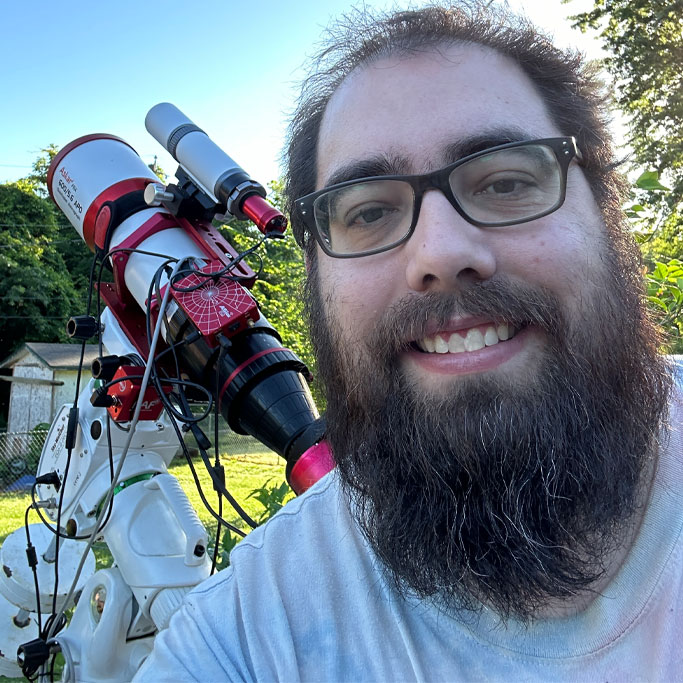
|
Russ Scritchfield |
The European Space Agency’s Euclid mission has released its first scientific data along with five breathtaking panoramic images. These reveal detailed views of stellar nurseries and distant galaxies, showcasing the telescope's remarkable speed and precision. The images mark a significant step in mapping cosmic evolution and studying dark matter and energy.
The first release of scientific data from the European Space Agency's (ESA) Euclid mission features five wide-view images of spectacular stellar nurseries and distant galaxies, sharp and deep in vision. The broad view of the Early Release Observations of the Euclid observed five images released. Up to now, the mission has released five pieces in total of scientific pages and also the first 10 images, with a first batch of five of them shared during 2023.
Euclid Telescope reveals five new panoramas of celestial objects
The images span Dorado Group of galaxies and Messier 78, a nebula that is a star-forming region. Other objects are Spiral galaxy NGC 6744, and the galactic clusters Abell 2764 and Abell 2390. Revealed in only a few hours of observation, these show the speed and capacity of the telescope. These amazing images were collected in as little as a single hour each.
Euclid has been designed for speed, with two instruments: one working in the visible spectrum, called the visible instrument, or VIS, and the near-infrared spectrometer and photometer, or NISP. NISP captures 0.57 square degrees per exposure with the largest field of view for any infrared space instrument; the 609-megapixel imager, named VIS, captures 2.5 full moons as seen from Earth. In total, they make deep, wide, high resolution images much far faster than other telescopes - a resolution four times better than ground-based telescopes.
These new images reveal the broad field of view and sharp resolution of Euclid. From 10 billion years back to the present, it will map 3D cosmic evolution in order to query distributions and behaviors of dark matter and dark energy on the expansion of the universe.
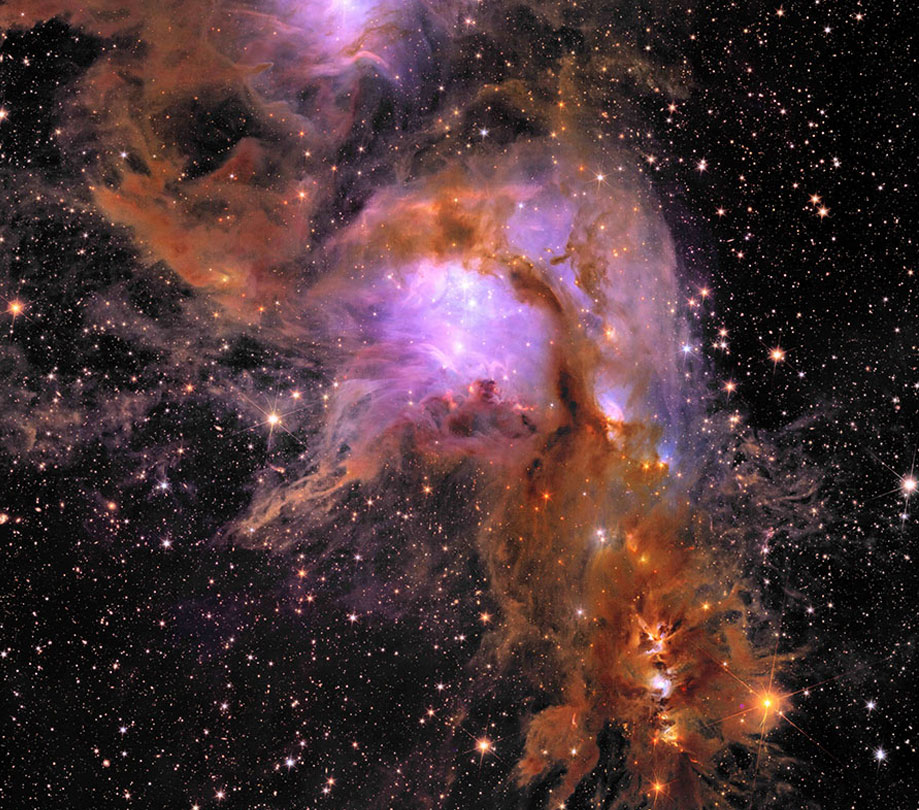
Messier 78
This stellar nursery located 1,300 light years away in Orion is one that is rather shining in brilliancy in all of Euclid's infrared image. The image reveals hot, young stars that are wrapped in sleeves and ermine.
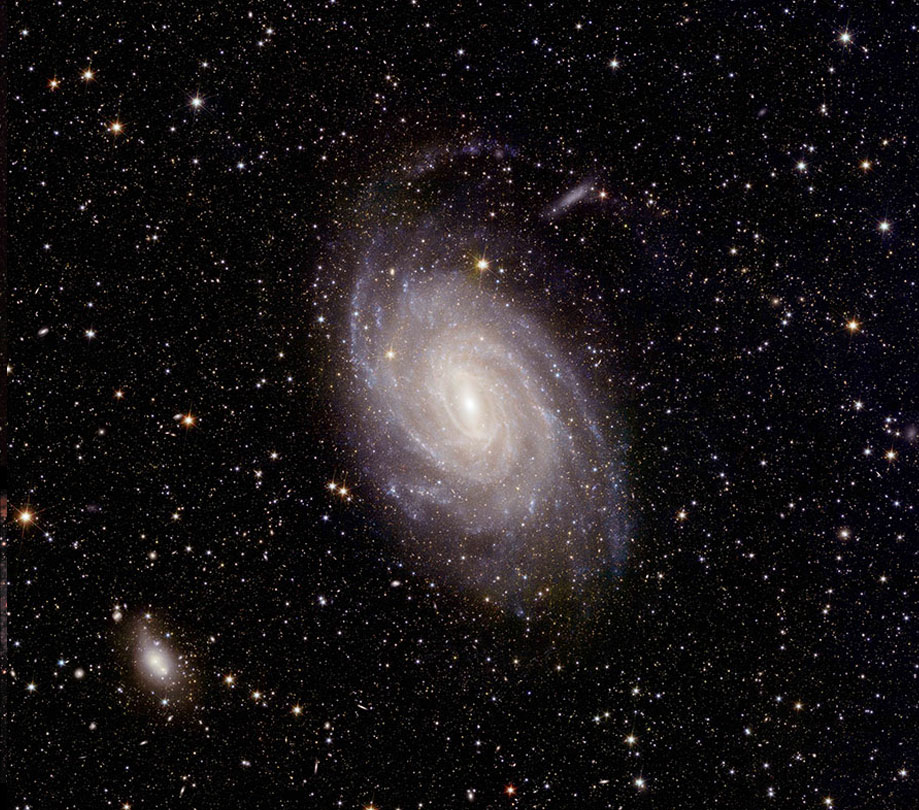
NGC 6744
This photograph captures one of the larger sized spiral galaxies lying in Pavo some 30 million light-years distant - well beyond our local neighborhood. This high-resolution image shows much of the detail in the galaxy's spiral arms and dust lanes.
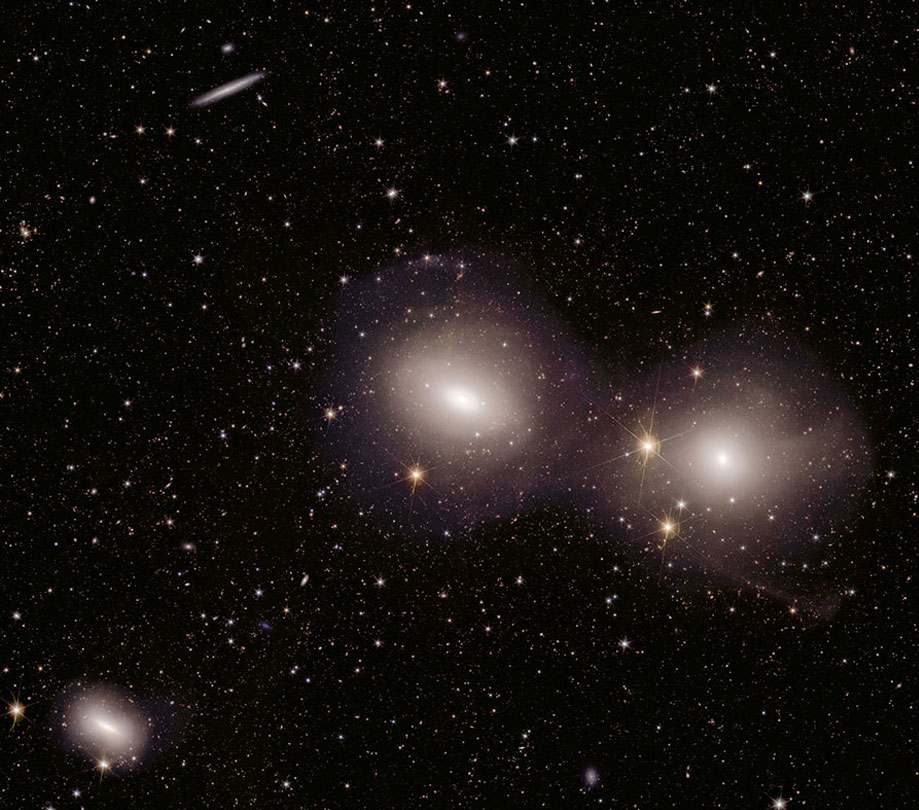
Dorado Group
This contains galaxies located 62 million light-years away in the Dorado constellation involved in an interaction process, with obvious tidal tails and shells still being formed.
Abell 2764
The periphery of the giant galaxy cluster, Abell 2764 - one billion light-years from the tip of Pisces. A large sample of weakly lensed galaxies in this cluster is the best target for probing dark matter.
Abell 2390
A galaxy cluster in Pegasus 2.7 billion light years distant. Comprised of about 50,000 galaxies, this image has afforded scientists the capability for direct measurements of the distances and shapes of galaxies, in addition to the study of gravitational lensing and intracluster light.
Starting in February, the Euclid mission launched six long years of science surveys. It is an attempt to observe a little over a third of the sky, for billions of galaxies located up to 10 billion light-years away, thus creating a colossal 3D map of the Universe across space and time. The next public data release will be in March 2025.
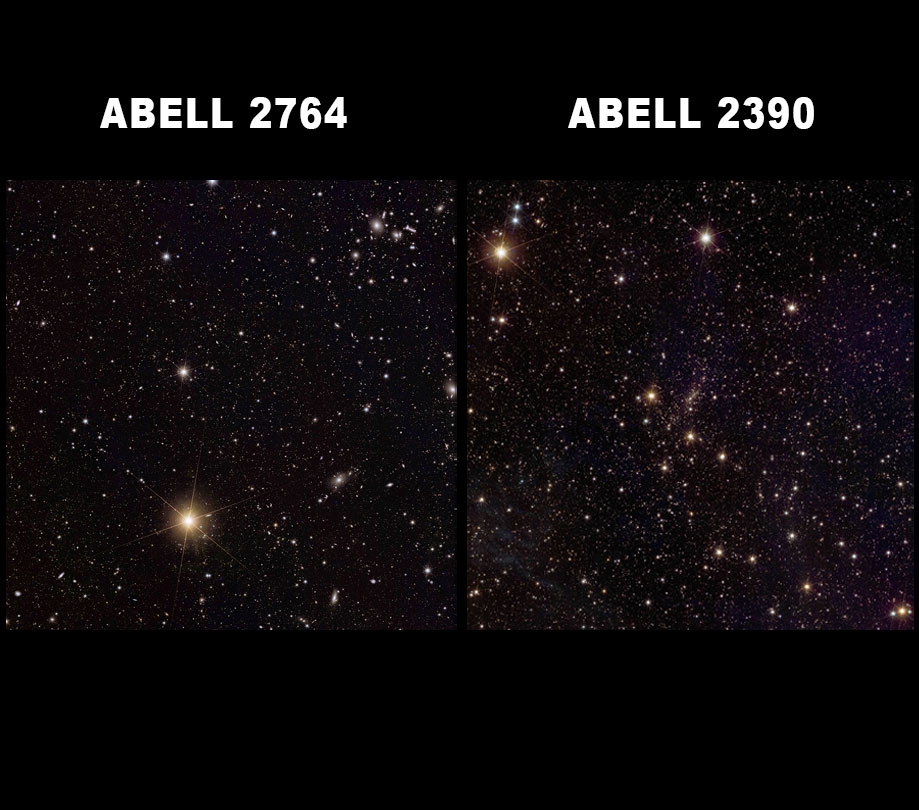
ScopeTrader's latest survey
Featured Stories
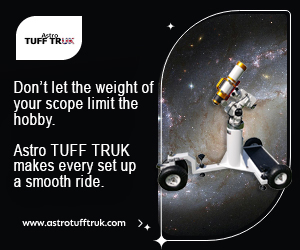
Stay Updated
Sign up for our newsletter for the headlines delivered to youSuccessFull SignUp

|


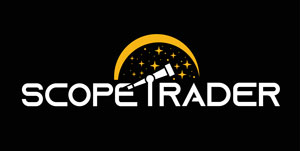
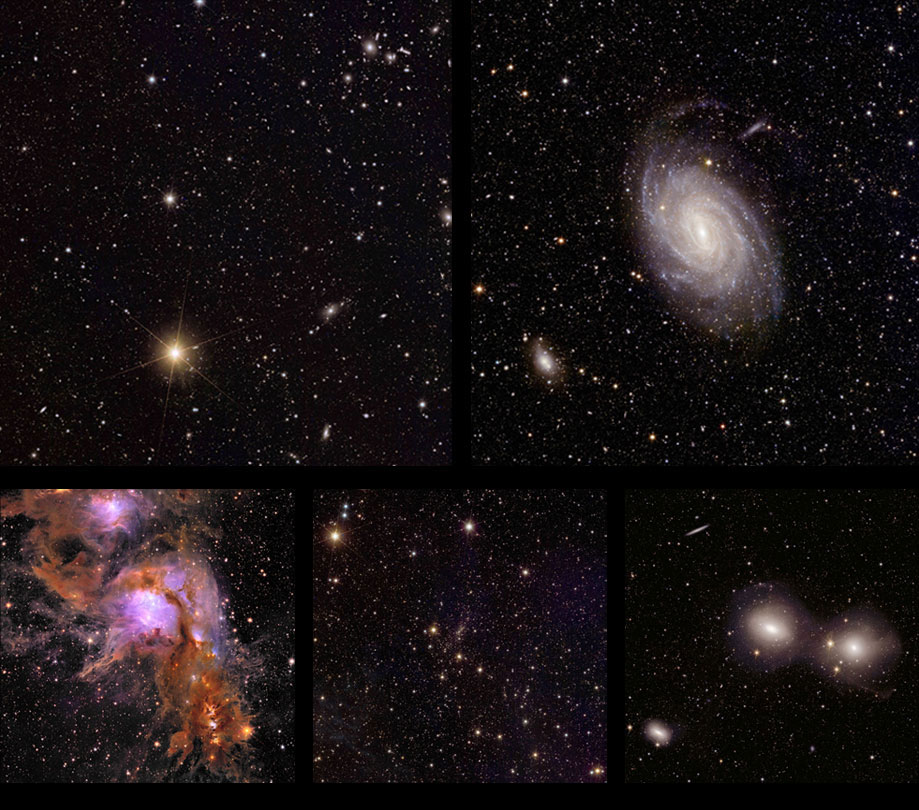

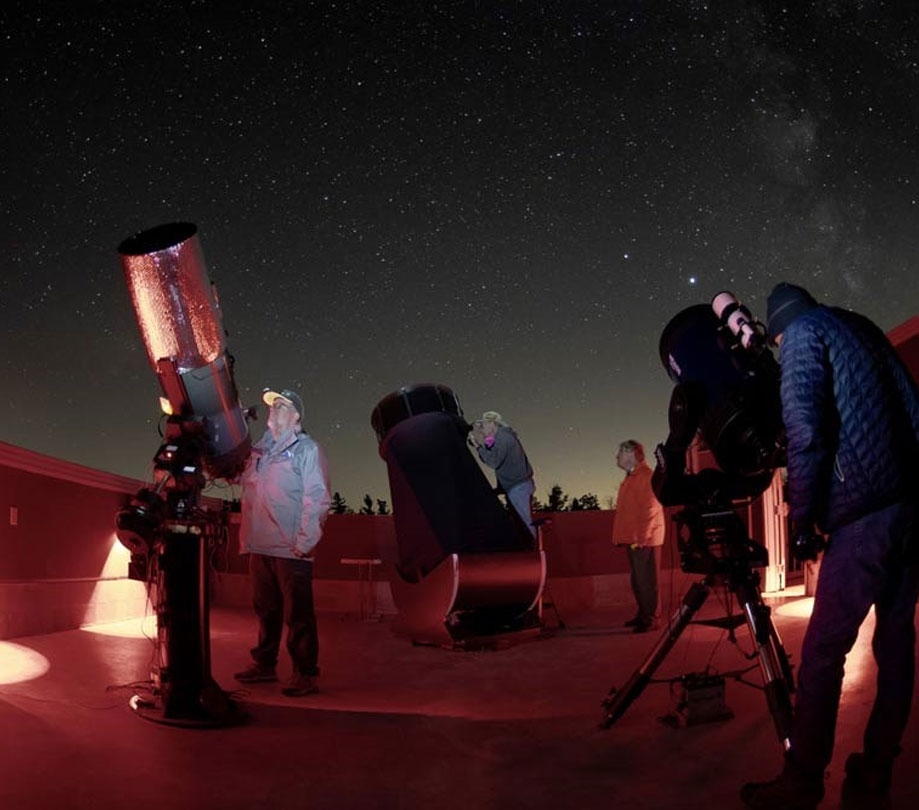
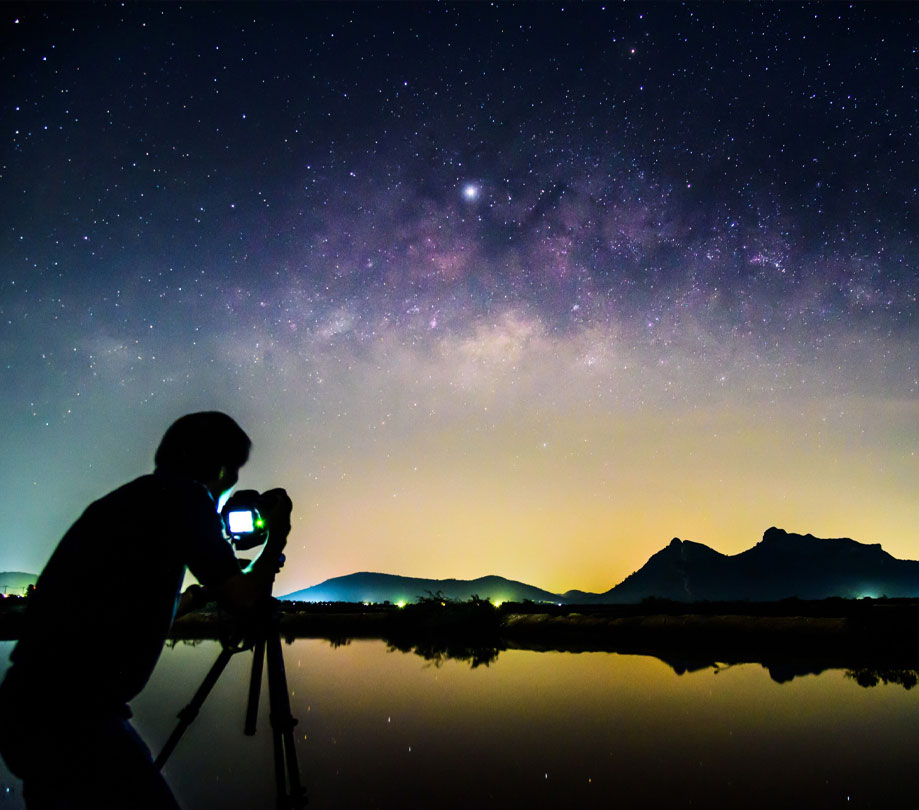
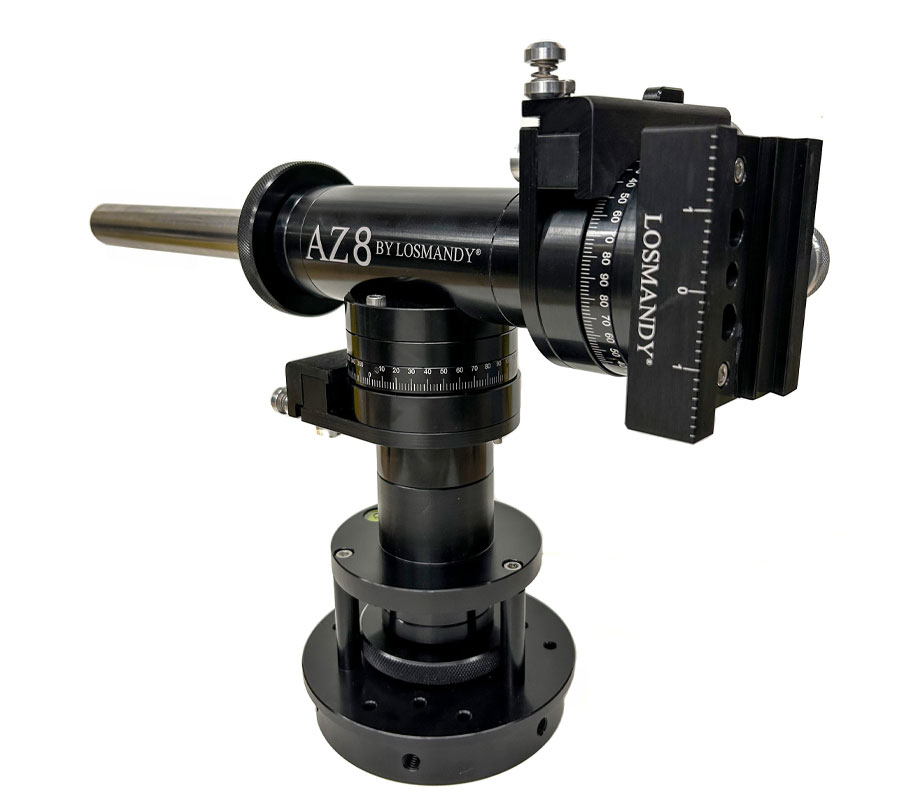
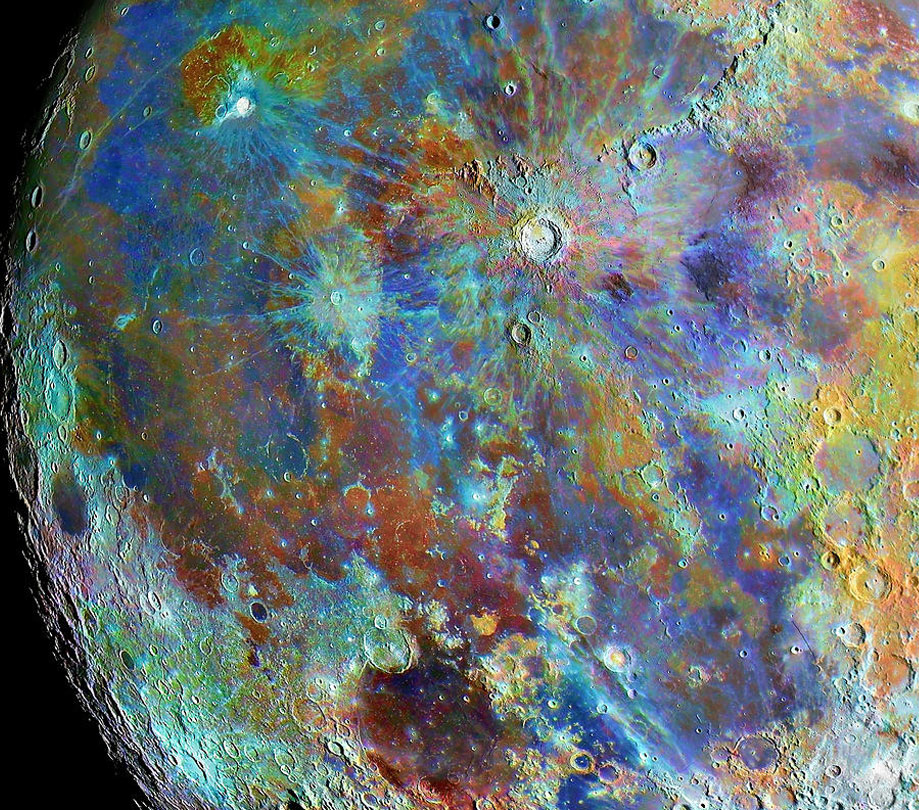
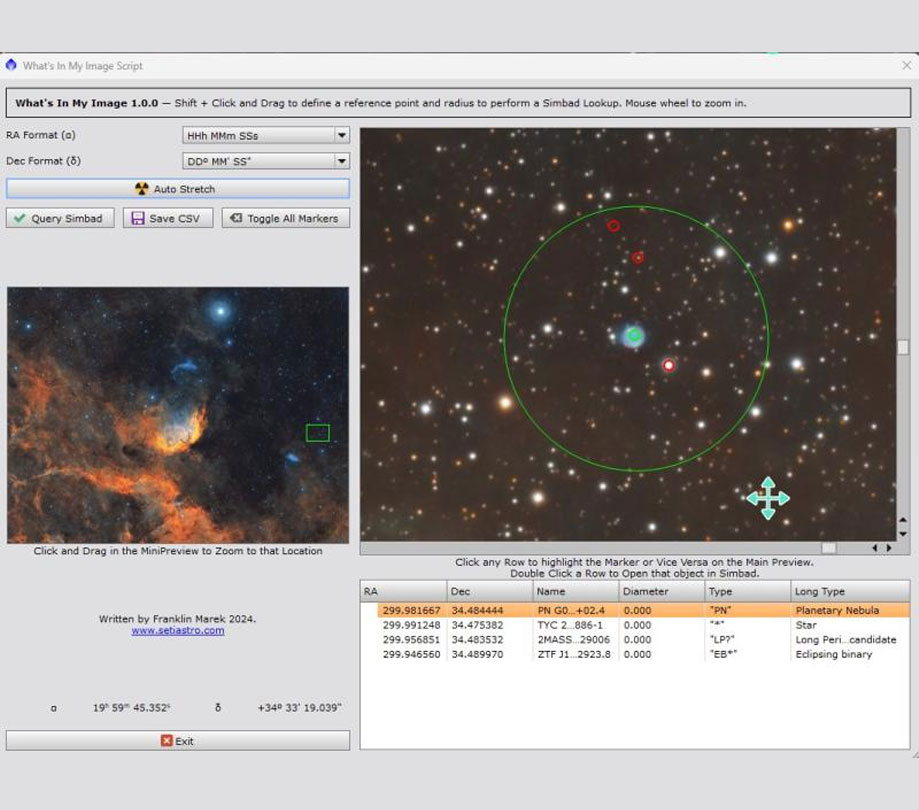
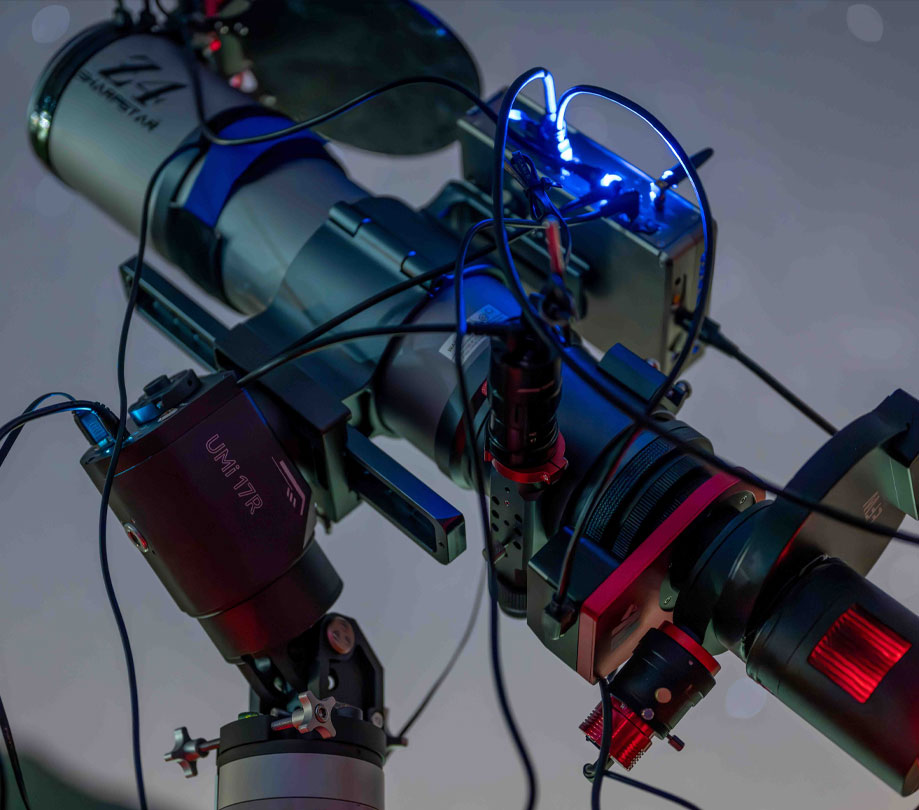
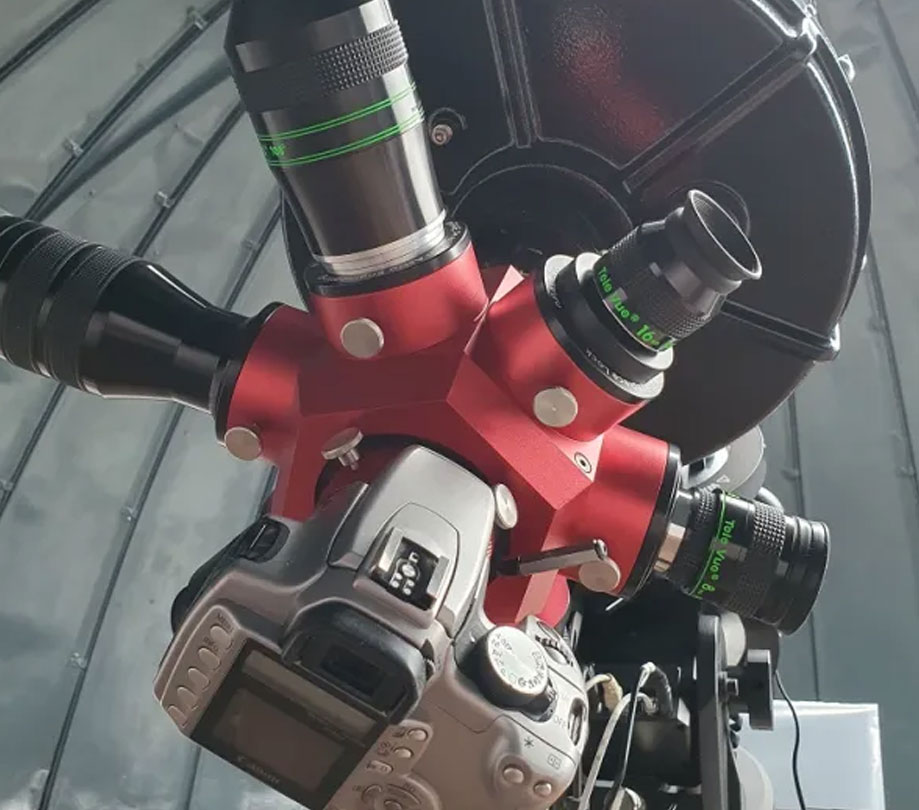
Comments